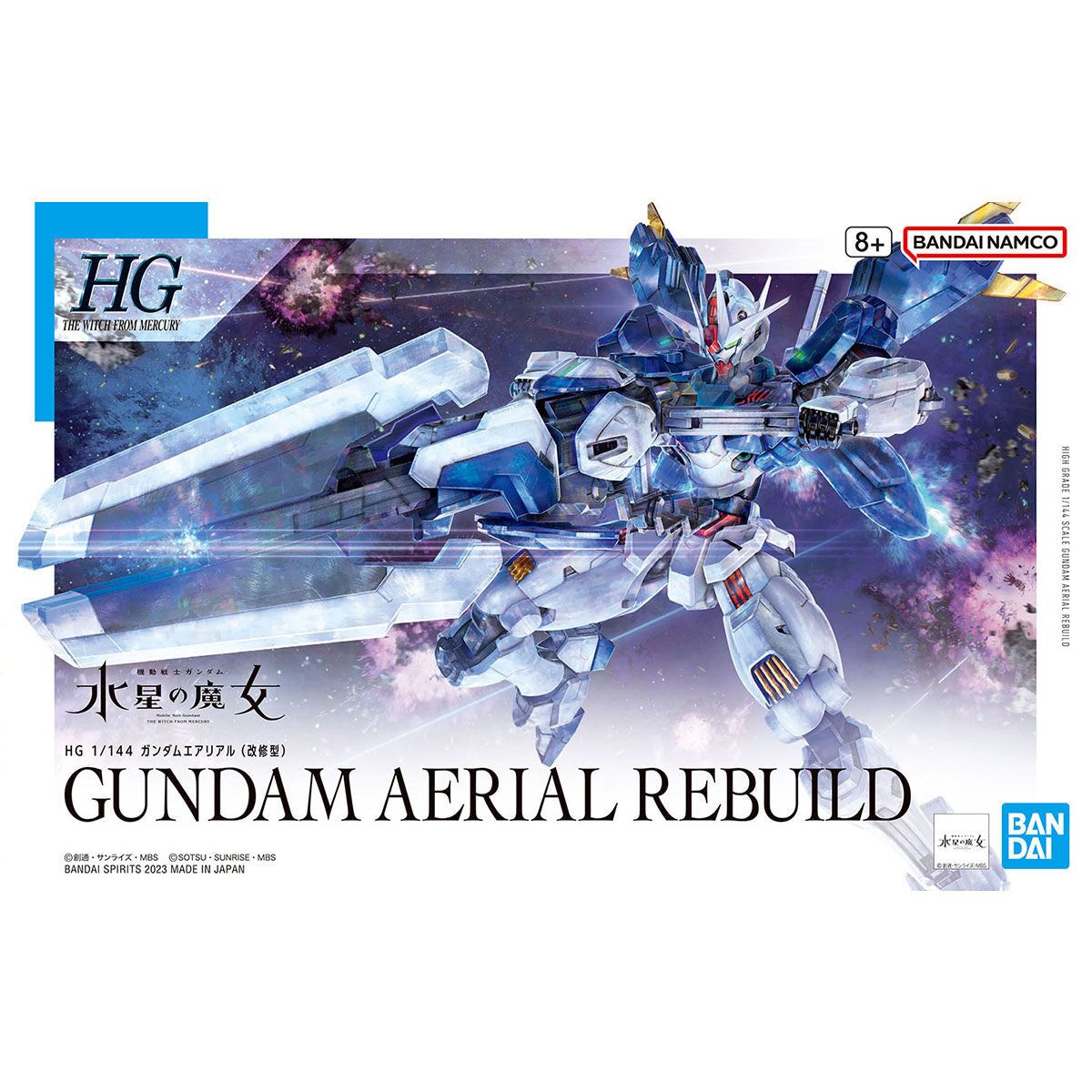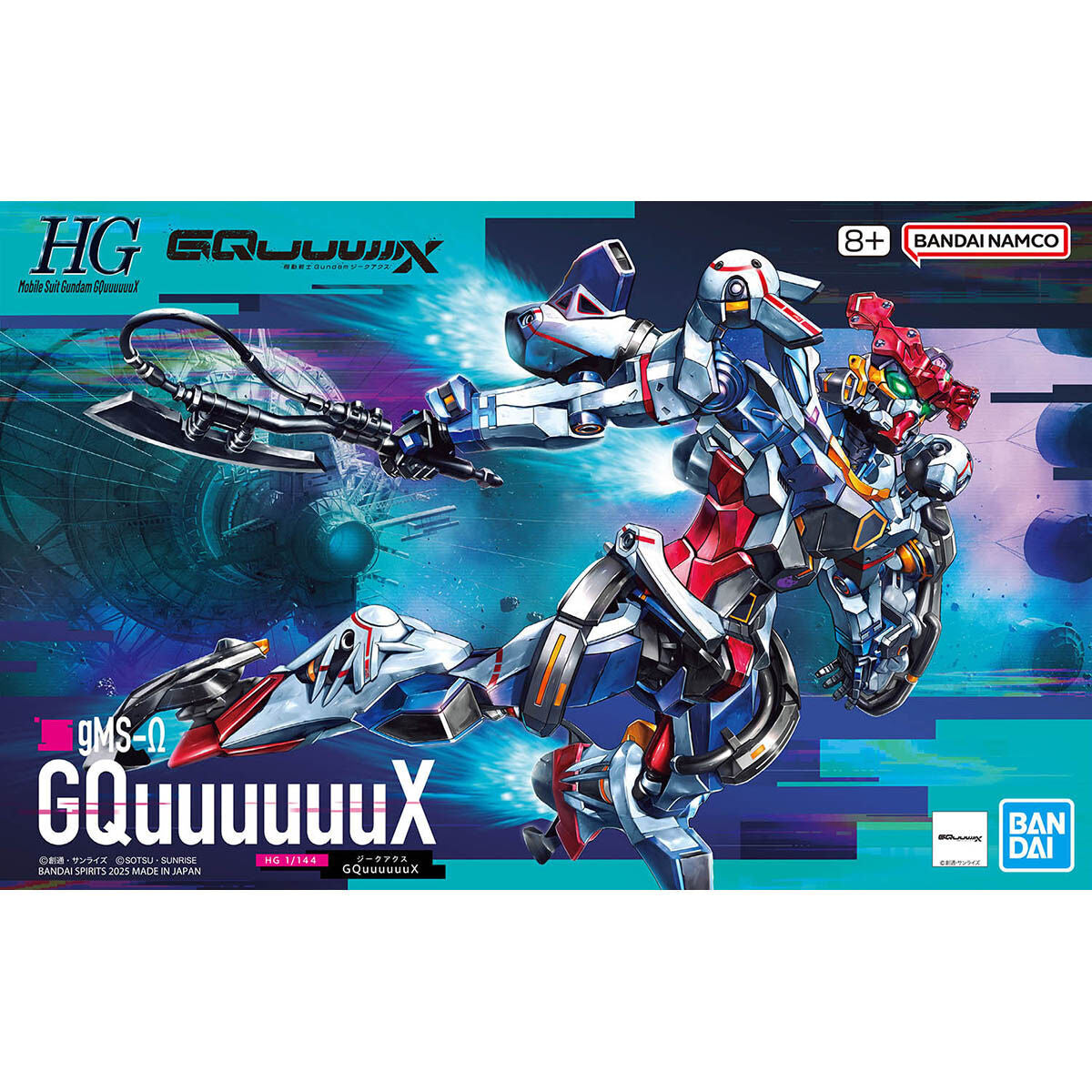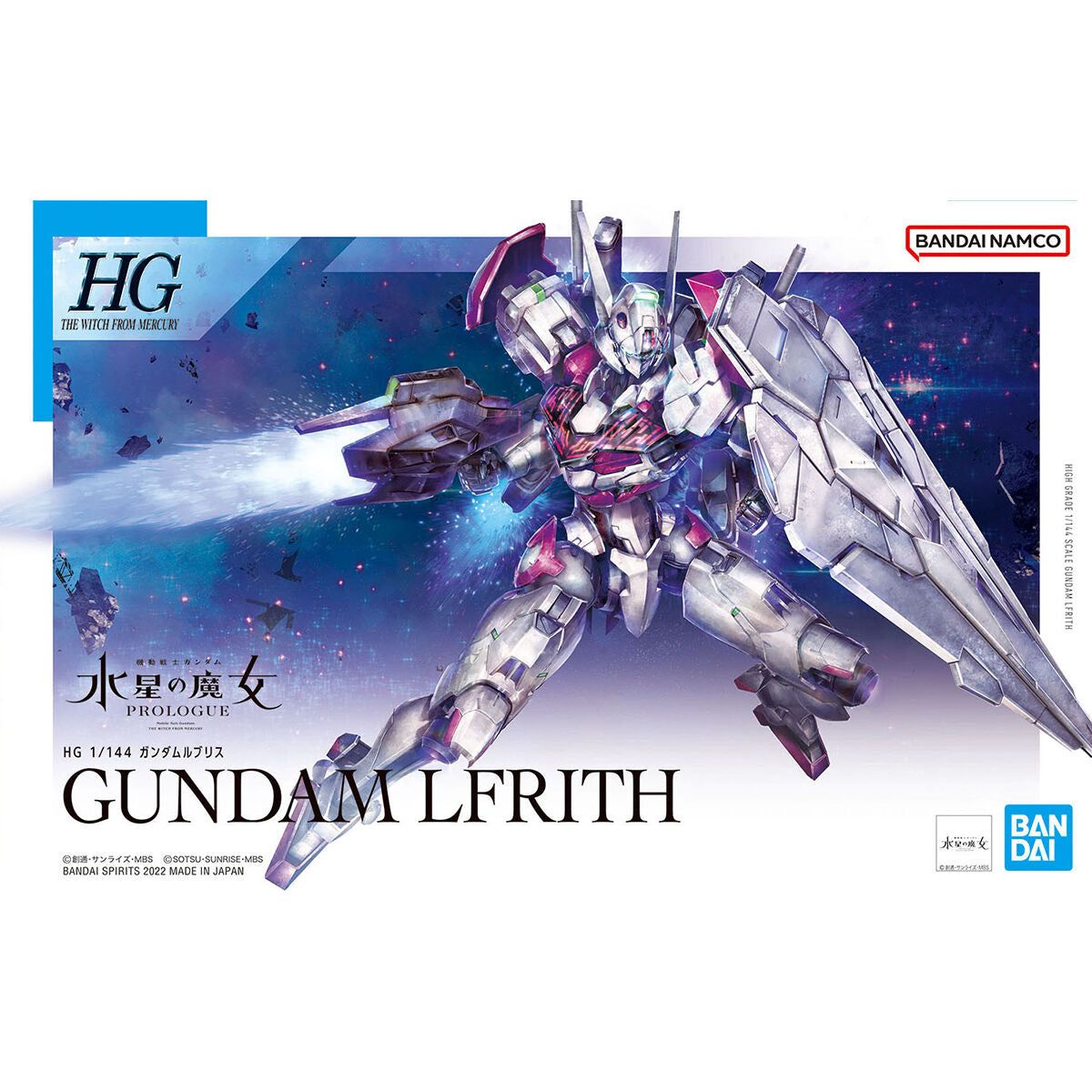The advantage of the single-action airbrush is that it is simple to operate and less error-prone, making it suitable for beginners who assemble models. However, it only has two settings: on and off, and cannot accurately control the amount of paint. It is only suitable for basic coloring rather than complex rendering. On the other hand, the advantage of a double-action airbrush is that it can flexibly control the amount of paint, producing smooth color transitions and high-quality rendering. However, its operation is also more complicated and requires more practice to use it proficiently. It is also more likely to cause too much or too little paint to be sprayed out due to improper operation.
In short, whether to choose a single-action airbrush or a double-action airbrush depends on your purpose of use and skill level. For beginners, a single-action airbrush may be more suitable for entry; for model enthusiasts who pursue higher-quality rendering and completion, you may consider learning to use a double-action airbrush. With more practice, a dual-action airbrush can give you more control and flexibility over the results, allowing you to use more advanced modeling and coloring techniques. However, it is necessary to take the time to learn and become proficient in operating the airbrush controls to avoid common operating errors that could damage your work.





